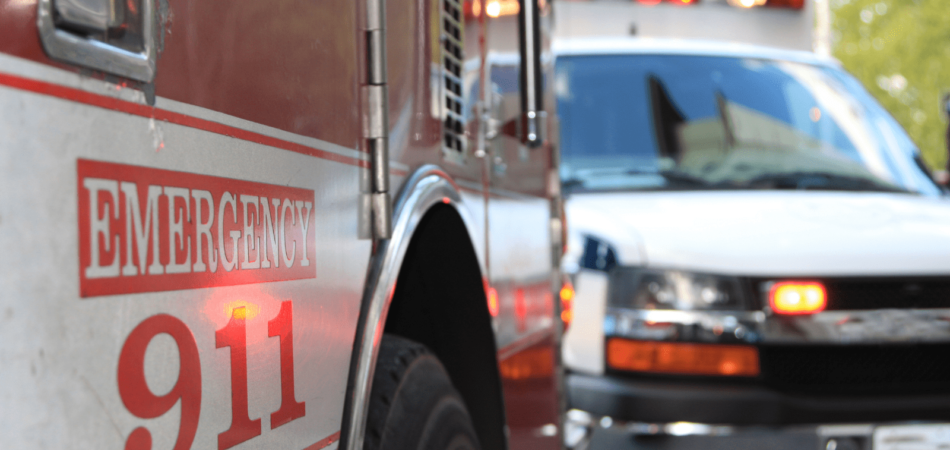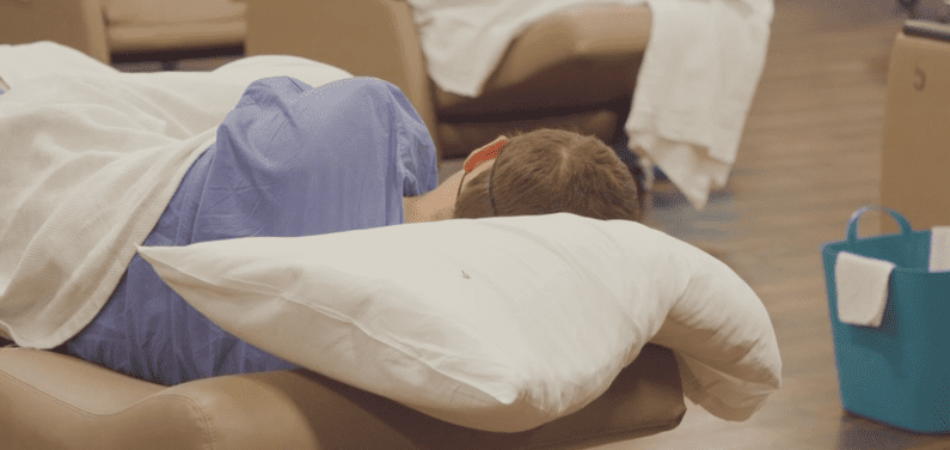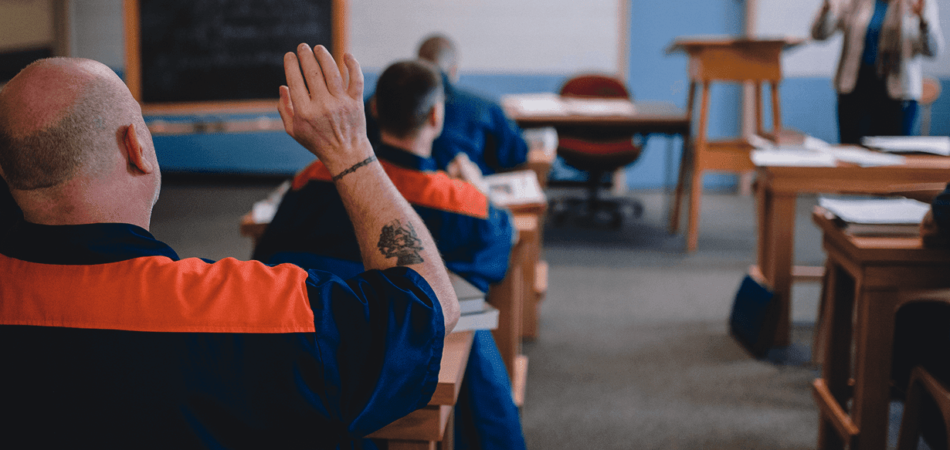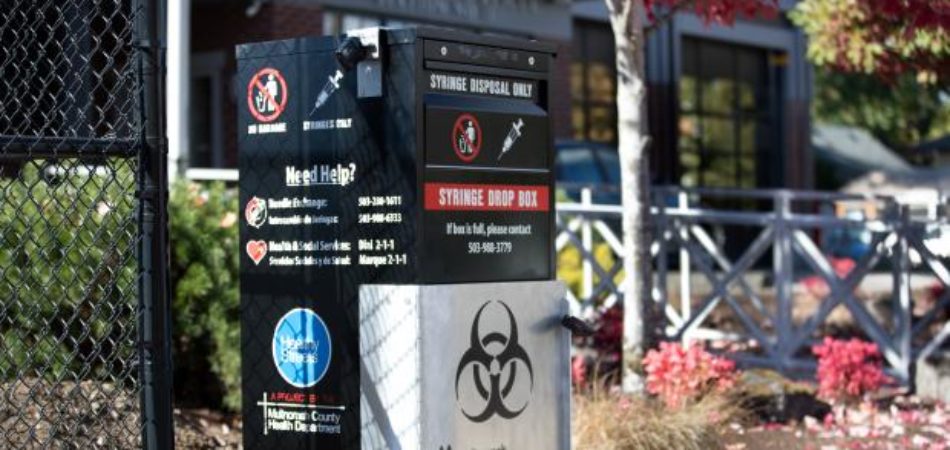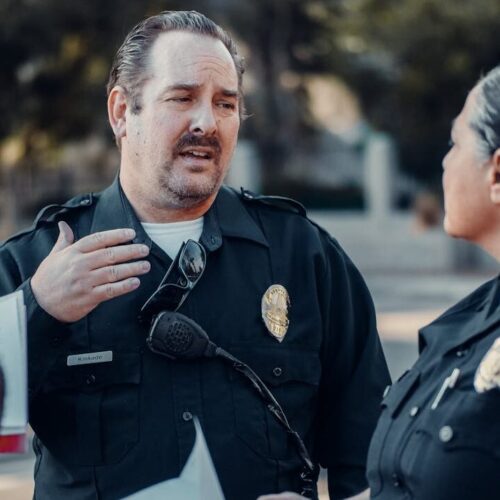About the National Reentry Resource Center
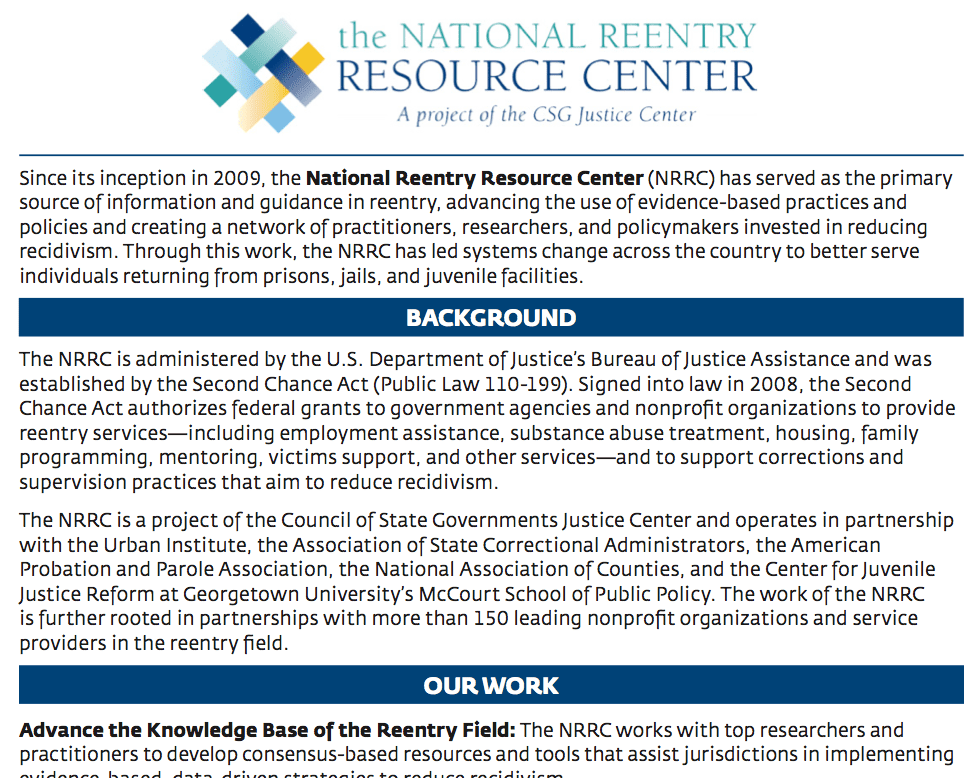 Since its inception in 2009, the National Reentry Resource Center (NRRC) has served as the primary source of information and guidance in reentry, advancing the use of evidence-based practices and policies and creating a network of practitioners, researchers, and policymakers invested in reducing recidivism. Through this work, the NRRC has led systems change across the country to better serve individuals returning from prisons, jails, and juvenile facilities.
Since its inception in 2009, the National Reentry Resource Center (NRRC) has served as the primary source of information and guidance in reentry, advancing the use of evidence-based practices and policies and creating a network of practitioners, researchers, and policymakers invested in reducing recidivism. Through this work, the NRRC has led systems change across the country to better serve individuals returning from prisons, jails, and juvenile facilities.
BACKGROUND
The NRRC is administered by the U.S. Department of Justice’s Bureau of Justice Assistance and was established by the Second Chance Act (Public Law 110-199). Signed into law in 2008, the Second Chance Act authorizes federal grants to government agencies and nonprofit organizations to provide reentry services—including employment assistance, substance abuse treatment, housing, family programming, mentoring, victims support, and other services—and to support corrections and supervision practices that aim to reduce recidivism.
The NRRC is a project of The Council of State Governments Justice Center and operates in partnership with the Urban Institute, the Association of State Correctional Administrators, the American Probation and Parole Association, the National Association of Counties, and the Center for Juvenile Justice Reform at Georgetown University’s McCourt School of Public Policy. The work of the NRRC is further rooted in partnerships with more than 150 leading nonprofit organizations and service providers in the reentry field.
OUR WORK
Advance the Knowledge Base of the Reentry Field: The NRRC works with top researchers and practitioners to develop consensus-based resources and tools that assist jurisdictions in implementing evidence-based, data driven strategies to reduce recidivism.
Deliver Training and Technical Assistance: The NRRC imparts individualized and strategic guidance to recipients of Second Chance Act funding in order to maximize their efforts to help individuals returning from incarceration succeed in their communities and to reduce recidivism in their states and communities.
Promote What Works in Reentry: In partnership with the Urban Institute, the NRRC has developed the What Works in Reentry Clearinghouse, an online resource of important research on the effectiveness of a wide variety of reentry interventions. The clearinghouse is available at whatworks.csgjusticecenter.org. In addition, the NRRC’s online library contains more than 1,000 publications, reports, and other materials to help the field identify proven and promising practices.
Facilitate Peer Networks and Information Exchange: The NRRC runs monthly webinars and webcasts on key reentry topics, and convenes national training events to facilitate peer-to-peer networking. The NRRC also distributes a monthly electronic newsletter of news and research in reentry, funding opportunities, and trainings in the field.
Provide Information for Returning Individuals and Families: The NRRC maintains online state and local reentry directories to help individuals returning home after incarceration and their families identify service providers in their communities.
To download this as a one page PDF, click here.
New Hampshire Department of Corrections Commissioner Helen Hanks presents at the Medicaid and Corrections Policy Academy in-person meeting.
Read More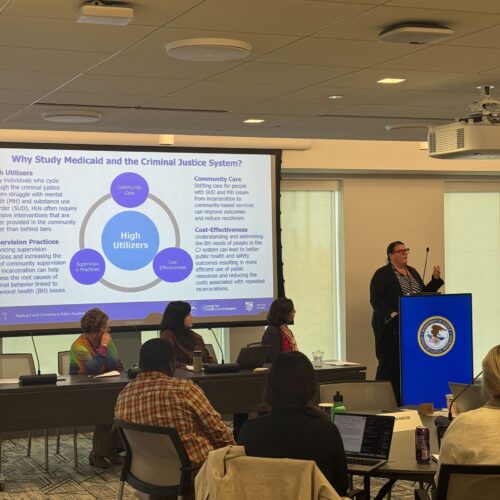 Meet the Medicaid and Corrections Policy Academy Mentor States
Meet the Medicaid and Corrections Policy Academy Mentor States
New Hampshire Department of Corrections Commissioner Helen Hanks presents at the Medicaid and Corrections Policy Academy in-person meeting.
Read More Key Findings and Recommendations from Kentucky’s Justice Reinvestment Initiative to Better Understand and Address Domestic Violence
Key Findings and Recommendations from Kentucky’s Justice Reinvestment Initiative to Better Understand and Address Domestic Violence
Almost half of all violent crime in Kentucky is rooted in domestic violence (DV), and nearly 40 percent of people incarcerated in jails and prisons have a history of DV in their background.
Read More Explainer: Key Findings and Options from Arkansas’s Justice Reinvestment Initiative
Explainer: Key Findings and Options from Arkansas’s Justice Reinvestment Initiative
Arkansas policymakers have long expressed concerns about the state’s high recidivism rate. Over the past 10 years, an estimated 72 percent of prison admissions in the state involved people who were revoked from supervision, with unmet substance use and mental health challenges playing a significant role in these failures.
Read More
